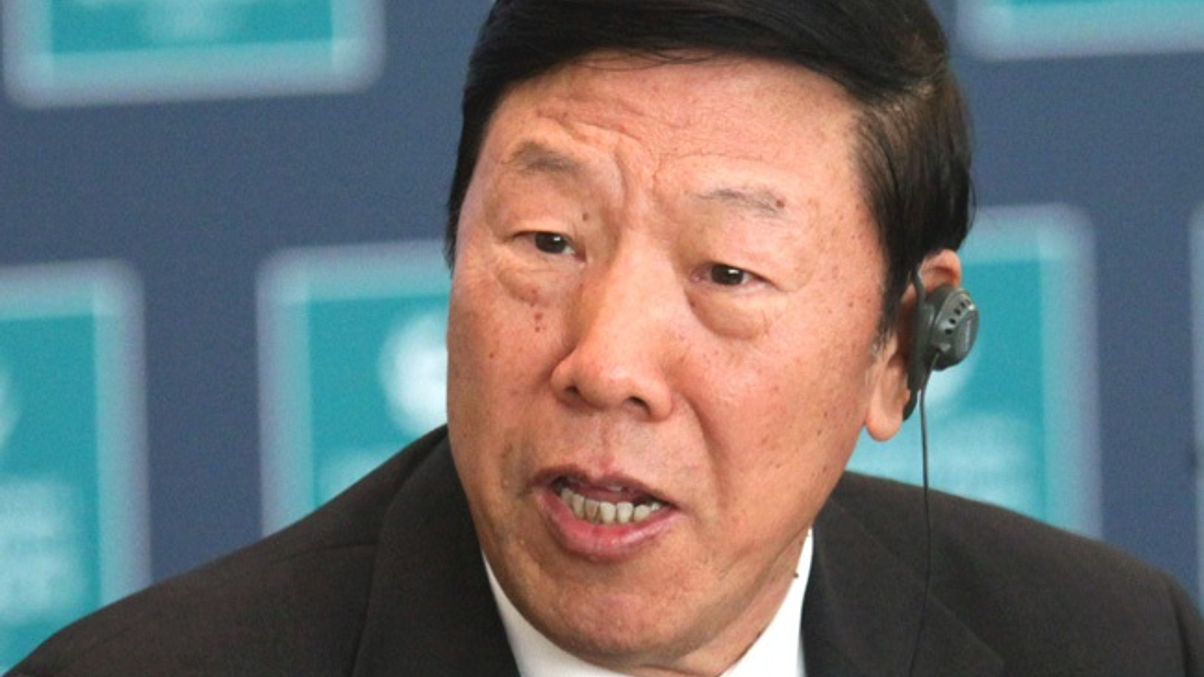NSSF expects AUM surge, overseas mandates tipped
Party secretary Dai Xianglong expects China's National Social Security Fund to more than quadruple assets by 2020. The market is forecasting it will outsource more to foreign firms.

The ex-chairman of China’s NSSF pension fund has forecast it will more than quadruple assets under management by 2020 amid market expectations it is set to outsource more to foreign firms.
Sign In to Your Account
Access Exclusive AsianInvestor Content!
Please sign in to your subscription to unlock full access to our premium AI resources.
Free Registration & 7-Day Trial
Register now to enjoy a 7-day free trial—no registration fees required. Click the link to get started.
Note: This free trial is a one-time offer.
¬ Haymarket Media Limited. All rights reserved.


